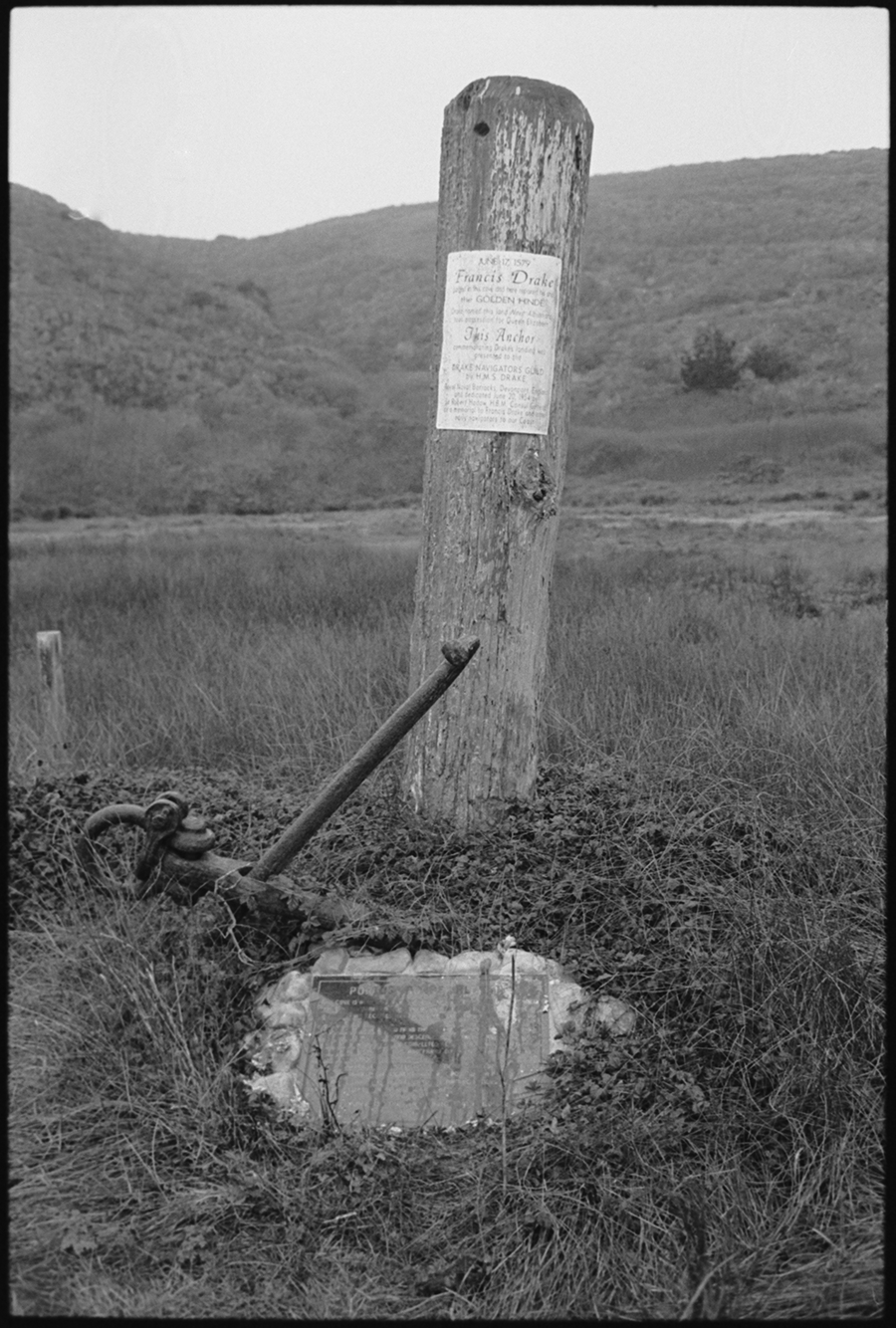Sir Francis Drake was looking for a way home. Between 1577 and 1580, on the last leg of a circumnavigation of the world in . . .
A talk and a walk to a momentous landmark, where Drake regrouped


Sir Francis Drake was looking for a way home. Between 1577 and 1580, on the last leg of a circumnavigation of the world in . . .